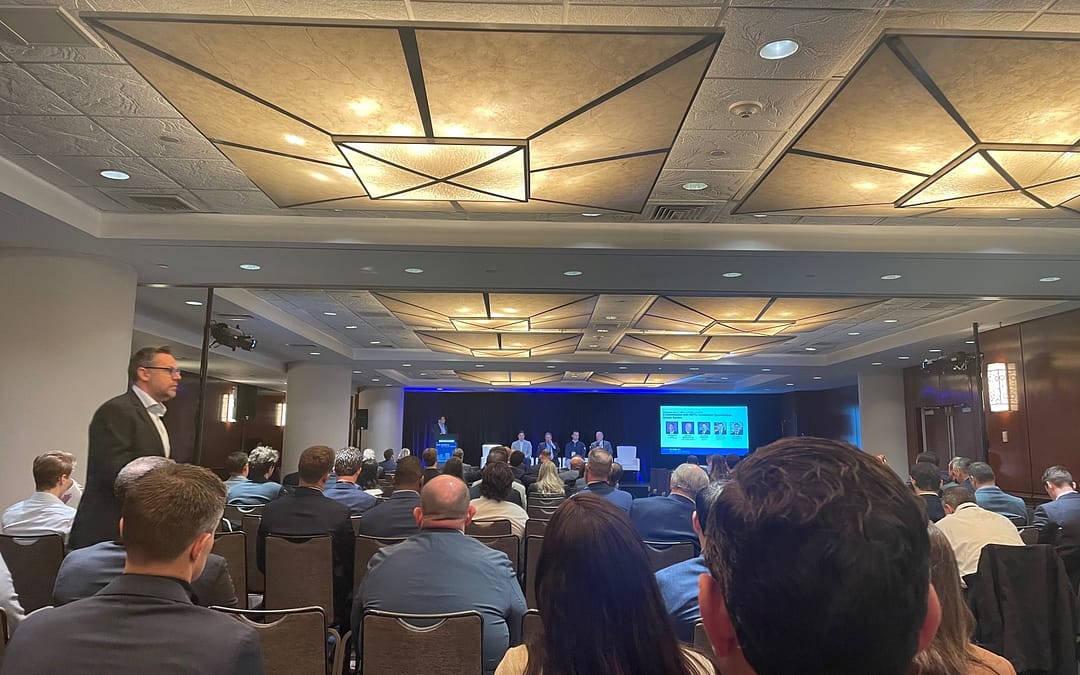The Globe St. Net Lease Spring conference dove into some topics I don’t typically see on a day-to-day. Wrapping up the experience, I’m left to reflect on all the forecasting and look forward to predictions shaking out. Overall in the realm of net lease deals, developers and investors alike are adapting to seize emerging opportunities. Here’s a snapshot of the current landscape and the strategies being deployed to navigate it effectively.
1. Inventory Challenges Amidst Ambitious Growth Plans
As retail brands set their sights on expansion, they’re encountering a significant hurdle: a shortage of available retail assets. While the demand for retail space is soaring, finding developers willing to support the volume of growth planned by these brands is proving to be a challenge. This scarcity underscores the need for innovative approaches to development and investment.
2. European Deals on the Rise
Despite the prevailing narrative, the European market is proving to be surprisingly robust, particularly in sectors like data centers and retail spaces. Investors are finding attractive deals outside the United States, signaling a diversification of investment portfolios and a recognition of untapped potential in international markets.
3. Repositioning and Value Enhancement
In response to evolving market dynamics, developers are exploring creative strategies to maximize the value of their assets. One such approach involves repositioning land use applications for sites, labeling them as “areas of redevelopment” to maintain or enhance their value. Additionally, developers are incorporating tangential and complimentary services, such as AI-driven underwriting, to appeal to both private and institutionalized clients, thus offering a competitive edge in an increasingly sophisticated market.
4. Event-Driven REIT Investment
Real Estate Investment Trusts (REITs) are witnessing a shift in investment patterns, with opportunities typically driven by “event-driven” factors, such as private equity financing events. This highlights the importance of agility and responsiveness in navigating the REIT landscape, as investors seek to capitalize on timely opportunities to monetize real estate assets.
5. Sale/Lease-Back Strategies
Sale/lease-back arrangements continue to gain traction in the current environment, offering a pathway for businesses to unlock capital tied up in real estate assets. This strategy not only provides a means for businesses to optimize their balance sheets but also offers a recurring opportunity for investors to recycle capital and capitalize on evolving market conditions.
There isn’t much doubt that the retail real estate market is experiencing a period of transformation, characterized by scarcity, innovation, and strategic adaptation. Developers and investors must remain vigilant, leveraging creative strategies and seizing emerging opportunities to thrive in this environment. As the market continues to evolve, those who embrace change and harness its potential will be best positioned to succeed.

